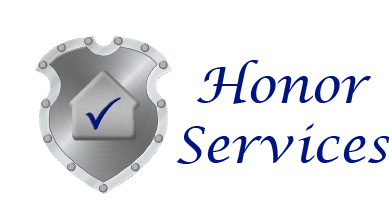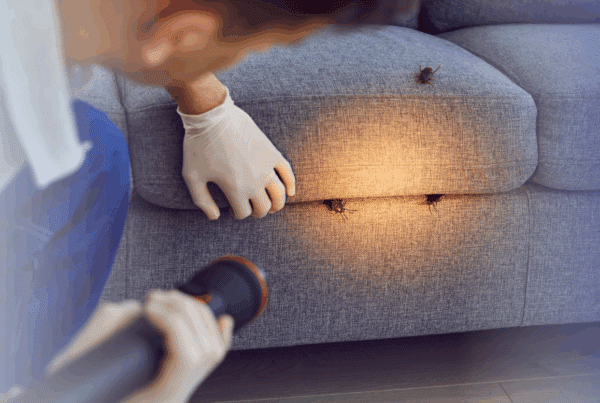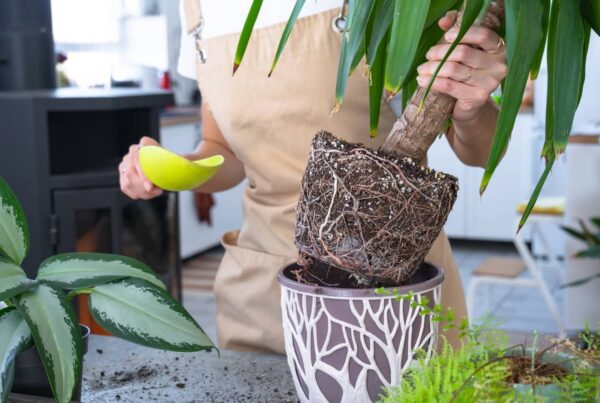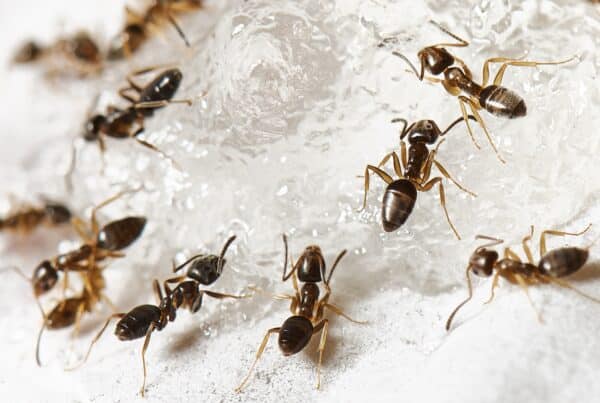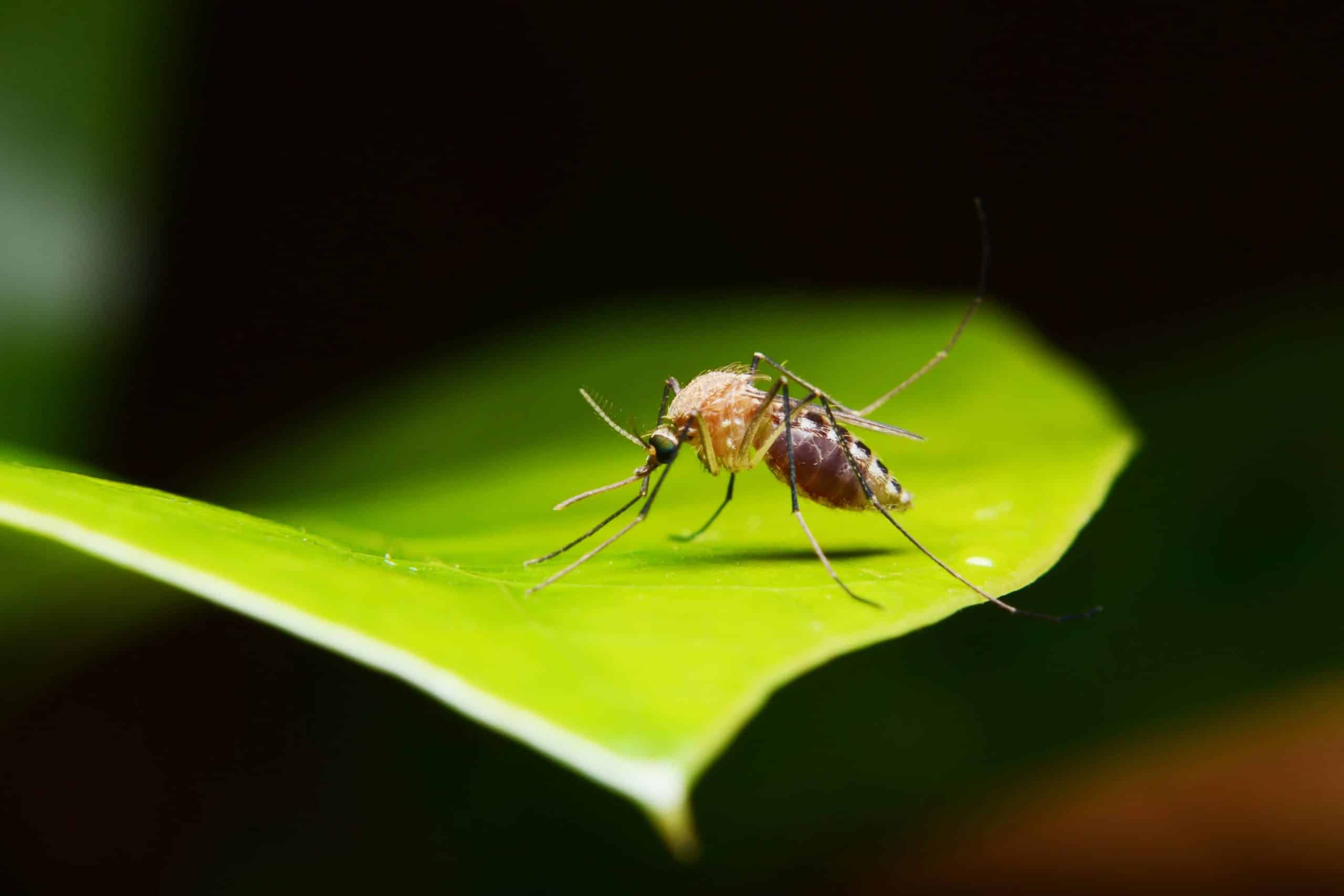
It’s a nice spring day in your backyard and while you are tending to your flowers and vegetable plants, you notice there are aphids. You want to get rid of these as they are destroying your plants, but many people think the only way is by using pesticides and other chemicals that harm humans and also the environment. Fortunately, there is integrated pest management (IPM) that can be done first.
What is IPM? It is the process of pest control that professionals can use to solve problems with pests while minimizing risks to people and the environment.
Let’s take a look at why you need to know about IPM, what is a pest, how IPM works and is effective, managing pests, and other ways to keep common household pests away.
Why You Need to Know About Integrated Pest Management (IPM)
Everyone has pests that either come into their home or are in the yard. It is almost impossible to keep all of them out. In fact, pests are also in urban, agricultural, and wildland natural areas. No one wants to use pesticides. Unfortunately, sometimes it gets to that point.
IPM focuses on the long-term prevention of pests or their damage through a combination of techniques such as biological control, habitat manipulation, modification of cultural practices, and the use of resistant varieties.
What is a Pest
Pests may have different meanings to different people. Some may feel a pest is the nosey next-door neighbor, or perhaps an opinionated mother-in-law. But in the area that we are talking about here, a pest is an organism that damages or interferes with desirable plants, landscapes, and who can enter uninvited into our homes and possibly cause damage to them.
Pests such as rodents, ticks, or mosquitos can also impact human or animal health from the diseases they may carry and transmit. Additionally, pests can also just be a nuisance such as weeds or they can be any other unwanted organisms that may harm water quality, animal life, or other parts of the ecosystem.
How Integrated Pest Management Works
IPM focuses on the long-term prevention of pests or their damage by managing the ecosystem. A homeowner can take action to keep pests from becoming a problem. From caulking cracks and keeping insects from entering the home, to trimming away tree branches and shrubs from touching the home to keeping rodents from getting inside.
Pest Control Professionals use IPM by looking at conducive conditions and environmental factors that affect the pest and its’ ability to thrive, rather than eliminating the pests you see in your home right now. Equipped with this information, they can create conditions that are unfavorable for the targeted pests.
IPM programs combine multiple approaches for greater effectiveness. The most effective, long-term way to manage pests is by using a combination of methods that work better together than separately.
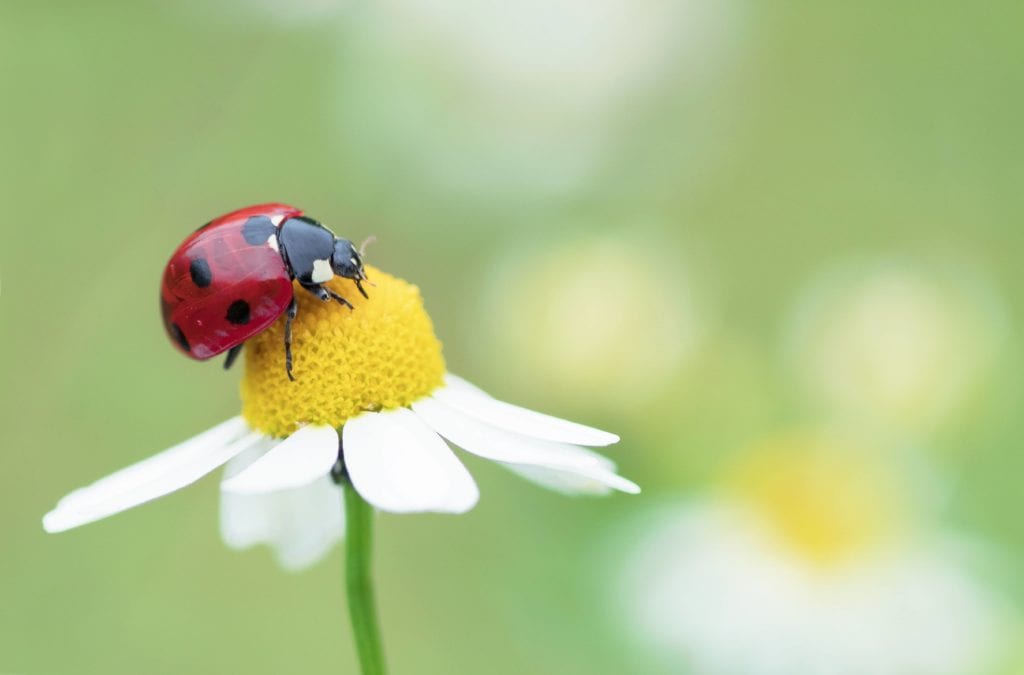
Integrated Pest Management is Effective
In order to be effective, the following must happen:
- Identify the good bugs from the bad bugs
- Monitor the activity of the pest(s) regularly
- Set limits for pest damage- how much damage will you allow to occur before changing methods?
- Establish a plan- know what your plan is before the pests are an issue.
- Take action immediately when needed
Below is a video from the University of Florida about Integrated Pest Management:
Managing Pests
There are four categories for managing pests and each one provides something different for being effective in managing pests.
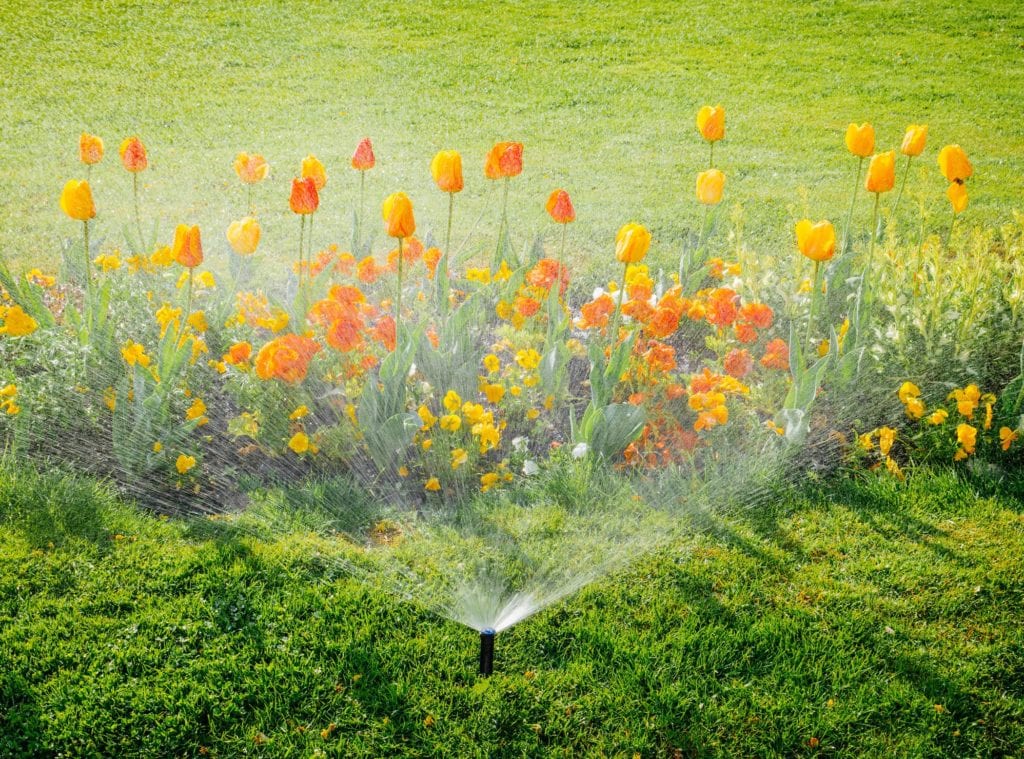
1. Cultural Controls
*Choosing plants that are appropriate for the area
*Selecting plants that are disease and pest resistant
*Plant at appropriate times of the year
*Choose proper sites to plant
*Keep lawn and garden tools sharp and working efficiently
*Water in the morning hours, especially in the summer
*Test the ph in your soil
Cultural controls is a practice that reduces pest establishment, reproduction, dispersal, and survival. For example, changing irrigation practices, caulking around windows, and keeping tree limbs and branches away from the home.
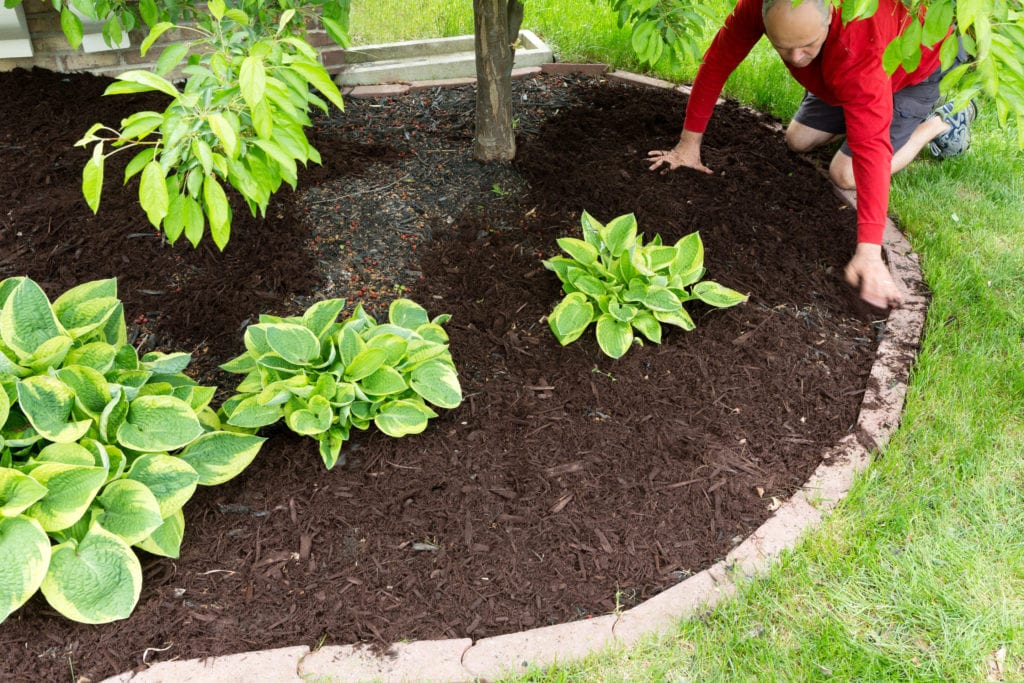
2. Mechanical and Physical Controls
These controls go directly after pests to kill them or at least capture them before they get to their destination. There are lawn and garden controls and actions that should be looked at such as:
*In garden areas, use mulch as it prevents weeds
*Pull weeds before they lay down their roots
*If you have vegetable stems, put collars around them so cutworms cannot get to them
*Put netting over any berry bushes. This will stop birds from feasting on your berries
*Set up mechanical traps to stop rodents
*Pick off pests from plants

3. Biological Controls
This category is interesting and involves encouraging the foes of pests, weeds, and insects to the plants. Examples are predator insects, parasitic insects, and biological pathogens. Know which bugs are good and bad and make sure the good ones are in your garden. The good ones will help keep the bad ones away.

4. Pesticide/Chemical Controls
When the other safer methods don’t work, unfortunately, then it is on to pesticides. However, choosing the best pesticides that won’t harm the ecosystem and environment is important.
- Traditional or synthetic- In IPM programs, it includes pesticides that use synthetic ingredients.
- Natural or non-synthetic pesticides – these are botanical-based and come from extracts of plants such as neem oil from the neem tree.
- Preventative pesticides– this is using fungicides to keep fungi from spreading.
With IPM, pest technicians will use the most selective pesticide that will do the job and be the safest for other organisms and for air, soil, and water quality. For example, using pesticides in bait stations rather than sprays; or spot-spray instead of spraying an entire area.
Other Ways to Keep Common Household Pests Away
Common household pests are a nuisance and can be kept away by following some of the advice below:
- Trim branches that touch the roof so pests cannot get in
- Look for missing or damaged screens on soffit vents
- Damaged soffits on eaves can allow pests to come in so make sure they are fixed
- Sealing windows and caulking so when it rains water does not come in. Shortly after, animals will come in
- Landscaping to keep water away from the house such as specific plants or a drainage system is a good idea so you don’t have a water intrusion issue.
The chart below shows the process of IPM: Inspection, Identification, Monitoring, Action, and Evaluation.

Conclusion
Integrated Pest Management is safer, smarter, and more effective than the “spray and pray” approach that used to be the norm years ago in Pest Prevention. Pest Professionals who use IPM as the Gold Standard in their treatments are not only effective but should be sought out to help with your pest prevention needs.
Honor Services Pest Pros are committed to the safety of your family and the environment we live in. We offer pest control services in Brevard County, FL. We are always happy to answer any questions you may have so leave a reply below! It is the #HonorWay!
